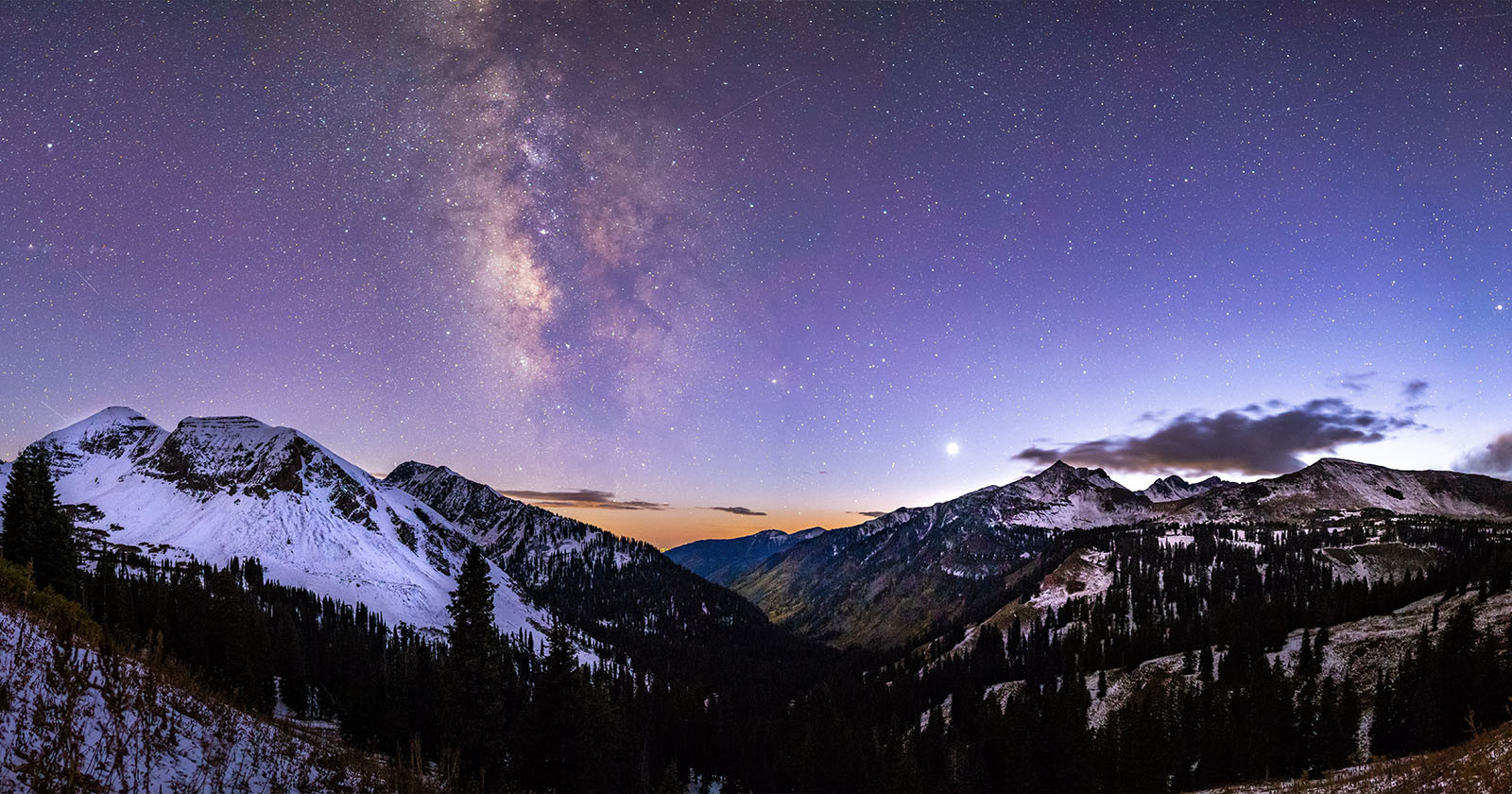
Capturing the expanse of the cosmos is one of the most challenging, yet most rewarding, experiences for a photographer. When the sun goes down, the cameras come out. [Read More]
petapixel.com2022-4-28 21:04

Capturing the expanse of the cosmos is one of the most challenging, yet most rewarding, experiences for a photographer. When the sun goes down, the cameras come out. [Read More]
petapixel.com
If there are two things people love, it's adorable cats and awesome space photos. Therefore, it makes complete sense for astrophotographer Andrew McCarthy to combine his stunning work with his adopted cat, Gregory. [Read More]
DarkSky International announced the winners of its fifth annual Capture the Dark photography contest. Winners across eight main categories showcase the best in astrophotography and demonstrate why it is vital to protect dark skies worldwide. [Read More]
I did well in high school biology class. But perhaps the greatest thing that I learned from that teacher was that anything is possible in life -- it's just not always highly probable. Lots of photographers say that you can't photograph stars in NYC because you can't even see them.
Award-winning astrophotographer Mihail Minkov is best known for his landscape images that heavily feature the night sky and the Milky Way in particular. Over the past year, Minkov has been working on a single-exposure nightscape project focused on incorporating people into his compositions. [Read More]
A striking new Hubble image shows NGC 2210, a marvelous globular cluster in the Large Magellanic Cloud (LMC). The ancient cluster is 11.6 billion years old and a satellite galaxy of the Milky Way, meaning that NGC 2210 is gravitationally bound to Earth's galactic home. [Read More]
Jordan Drake -- my YouTube partner -- hands me the Sigma 14mm f/1.4 DG DN Art lens, and the first thing that strikes me is just how bulky it is. The second thing that strikes me is that we need to go shoot some astrophotography with it. [Read More]
"Well, they are not that random, to be honest," The project stands on three main concepts: migration, origins, and cosmos," Alisa Martynova tells us, correcting our thought that her project, Nowhere Near, has random objects.